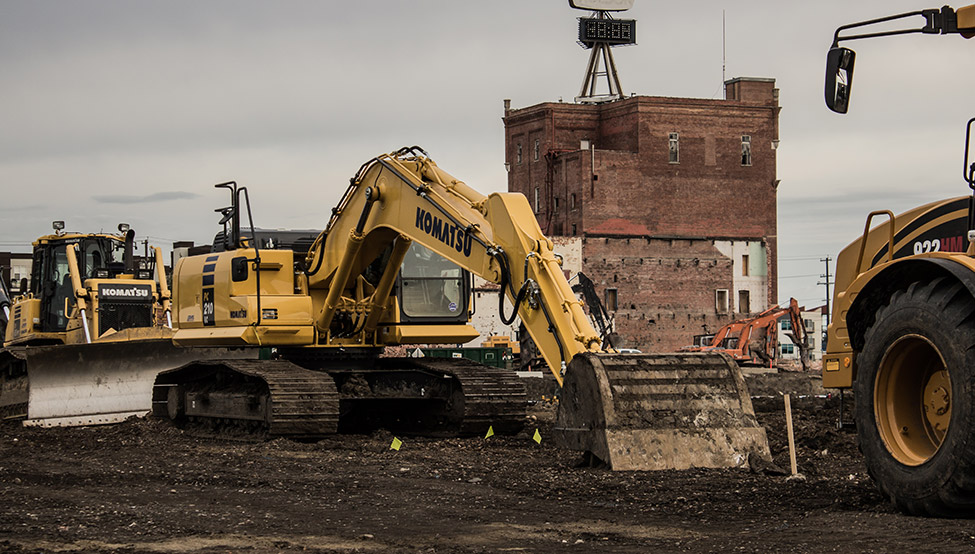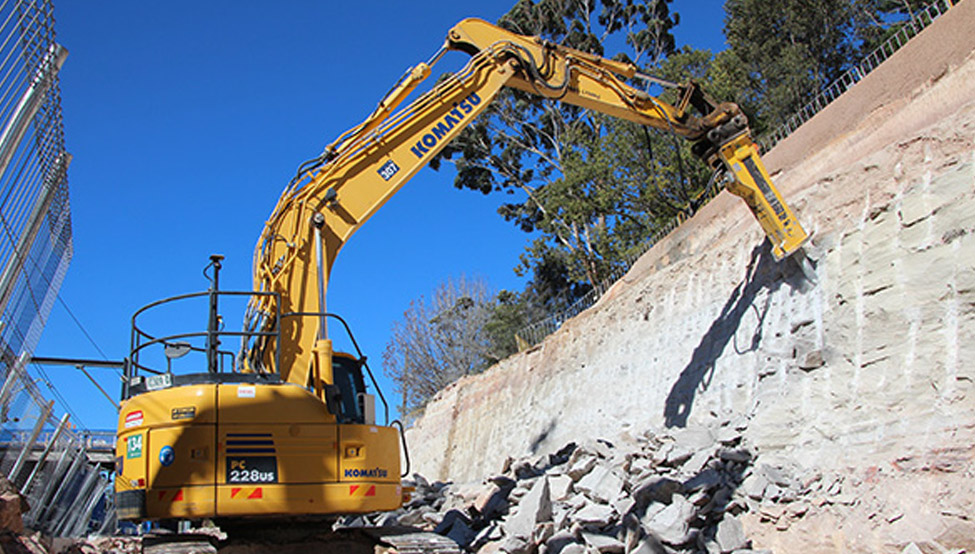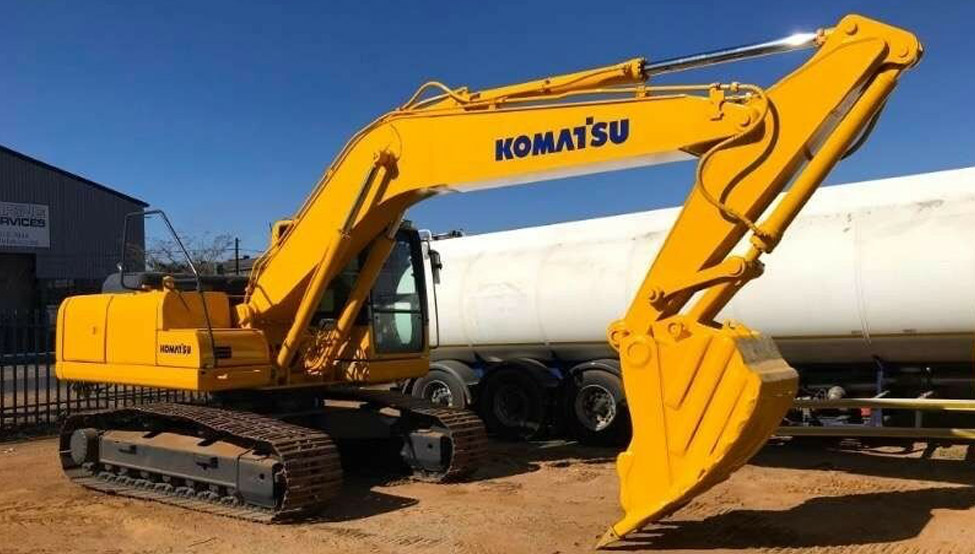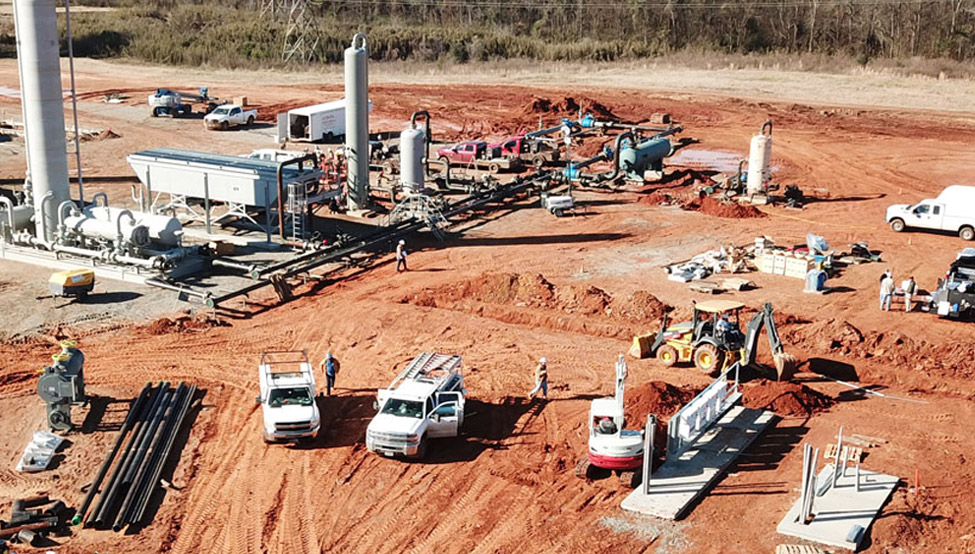Commercial and Residential
Building developments intended to create housing space, offices, shops, retail outlets, and more. These buildings include a large variety of amenities such as:
- Condominiums
- Apartment buildings
- Hotels
- Mixed-use buildings that combine multi-family spaces with the convenience of office and retail amenities
- Parkades
- Shopping centers and commercial retail units
- Sports and entertainment centers

Federal Capital Projects
Federal infrastructure includes many difference buildings, facilities, and other developments that the Government of Canada invests in such as:
- Highways and roads
- Bridges
- Public transportation such as bussing and rail
- Airports and hangars
- National Parks
- Government buildings
- Department of National Defence and Canadian Armed Forces military infrastructure

Private Development
Private developments include all sorts of buildings and lots designed for privately owned organizations. These would include things such as:
- Shops
- Storage yards
- Storage buildings
- Dealerships
- Service centers
- Dentist offices
- Corporate offices

Municipal Development
Municipal infrastructure that contributes to the development and growth of a healthy, sustainable community. These facilities are built to maintain and enhancement of the quality of life and safety of it’s residents. Municipal developments consist of things such as:
- Parks and trails
- Sidewalks
- Bridges and Roads
- Leisure centers
- Landfills
- Fire and police stations
- Utilities such as water, power, sewers, etc.

Healthcare
Healthcare infrastructure is extremely important in keeping up with the new technologies and strategies in delivering health care. Healthcare infrastructure includes facilities such as:
- Hospitals
- Nursing homes
- Community health centre
- Clinics and medical offices
- Pharmacies
- Laboratories
- Urgent care facilities
- Education centers
- Imaging and radiology centers

Education
We all know that education is key to our future. Did you also know that infrastructure is key to a good education? From creating an optimal environment for learning to enticing a child’s creativity and intrapersonal skills through play and recreation, the infrastructure available can make a world of difference in their progress and success. As children grow older and more mature, their learning environment must also adapt to meet their needs. The following are some examples of educational infrastructure:
- Child Development facilities such as daycares and pre-schools
- Elementary schools
- Junior high schools
- High schools
- Libraries
- Colleges
- Universities

